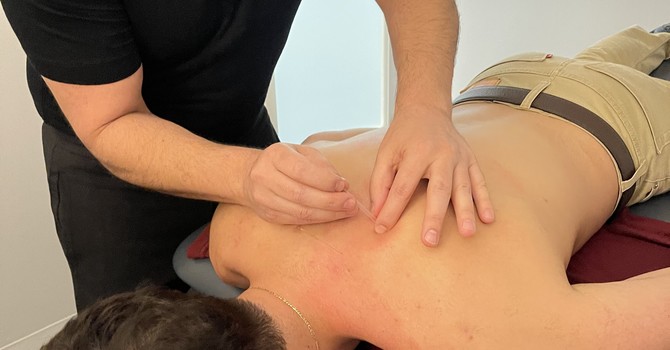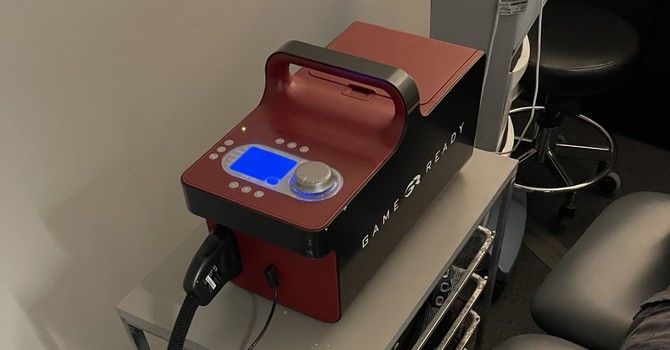
A torn rotator cuff is one of the most common causes of shoulder pain and dysfunction, especially among athletes, workers with repetitive overhead movements, and older adults. If you’ve been diagnosed with a tear, you may be wondering: will physical therapy help a torn rotator cuff? The answer is yes—in many cases, physical therapy is an effective, non-surgical treatment that can relieve pain and restore shoulder function.
At PT & Chiro Miami, we specialize in helping patients recover from rotator cuff injuries with personalized therapy plans designed to strengthen, stabilize, and heal the shoulder.
What Is a Torn Rotator Cuff?
The rotator cuff is a group of four muscles and tendons that stabilize your shoulder joint and allow for smooth, controlled arm movements. A tear can occur due to:
- Acute injury (like falling on an outstretched arm)
- Repetitive overhead activities (common in sports or certain jobs)
- Age-related wear and tear
Symptoms of a torn rotator cuff often include:
- Shoulder pain, especially when lifting or reaching
- Weakness in the arm
- Difficulty with overhead movements
- A clicking or popping sensation in the shoulder
How Physical Therapy Helps a Torn Rotator Cuff
Physical therapy plays a crucial role in the recovery of a torn rotator cuff, especially for partial tears or post-surgical rehabilitation. The goals of therapy are to:
- Reduce pain and inflammation
- Restore range of motion in the shoulder
- Strengthen surrounding muscles to support the joint
- Improve shoulder stability and function
- Prevent further injury or tear progression
For many patients, a structured physical therapy program can help avoid or delay the need for surgery and achieve excellent functional outcomes.
Common Physical Therapy Treatments for Rotator Cuff Tears
At PT & Chiro Miami, our physical therapists create a personalized plan that may include:
1. Therapeutic Exercises
Targeted exercises to strengthen the rotator cuff and surrounding muscles, such as the deltoids and scapular stabilizers, improving shoulder mechanics.
2. Range of Motion Work
Gentle stretching to restore flexibility and prevent stiffness in the shoulder joint.
3. Manual Therapy
Hands-on techniques to reduce tightness, improve blood flow, and promote healing.
4. Postural Training
Education on proper posture and movement patterns to minimize strain on the rotator cuff during daily activities.
5. Pain Management Techniques
Use of ice, heat, ultrasound, or electrical stimulation to reduce pain and swelling.
Will Physical Therapy Alone Heal a Torn Rotator Cuff?
For partial tears and less severe injuries, physical therapy alone may be enough to restore strength and function without surgery. However, for large or complete tears, surgery may be necessary—followed by a structured physical therapy program for post-operative rehabilitation.
Your physical therapist and physician will work together to determine the best approach for your specific injury.
When to Start Physical Therapy
The sooner you begin therapy after a rotator cuff injury, the better your chances of avoiding complications like frozen shoulder or worsening tears. Early intervention can also speed up recovery and reduce long-term discomfort.
Recover Stronger at PT & Chiro Miami
If you’ve been wondering “will physical therapy help a torn rotator cuff?” the answer is often yes—and it’s one of the most effective first steps toward recovery. At PT & Chiro Miami, our experienced therapists will guide you through a safe, customized rehabilitation plan to restore your shoulder’s strength and mobility.
Contact us today to schedule a consultation and start your journey to pain-free movement.
Dr. Joseph Hudson
Contact Me

